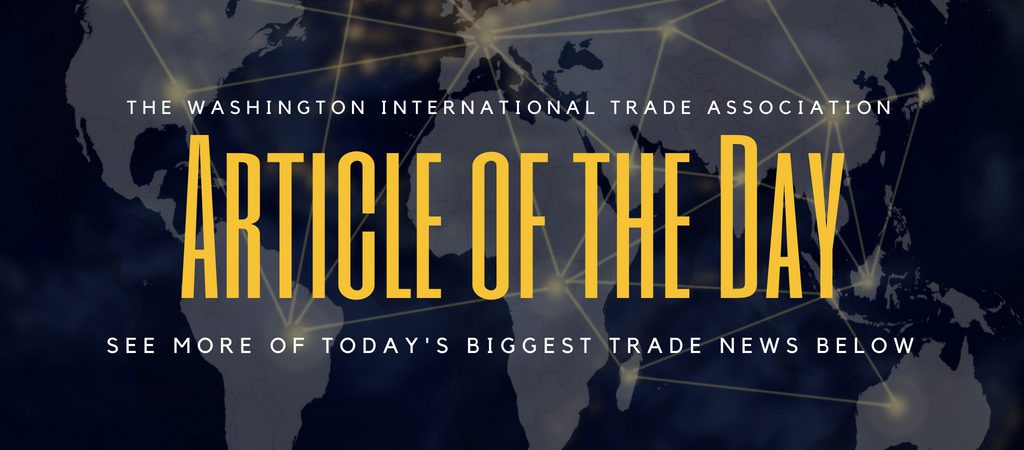India and the United States hope to reach a limited trade agreement in time for U.S. President Donald Trump’s first visit to the country this month, but experts question whether the larger strategic relationship both sides have cultivated for more than a decade is being sacrificed to Trump’s niggling trade demands.
On the one hand, U.S. administrations beginning with George W. Bush and continuing under Barack Obama have indicated they need India as a strategic partner to help counter China’s growing influence. On the other hand, under Trump, Washington is now publicly browbeating India over the price of walnuts and Harley-Davidsons.
“The administration does not have an integrated policy toward India or anyone else for that matter,” said Ashley Tellis, an India expert at the Carnegie Endowment for International Peace.
U.S. national security officials have their own view of India’s place in America’s Indo-Pacific strategy and have built on the Obama administration’s efforts with closer defense cooperation, especially in the navy, and through increased arms sales.
But U.S. trade officials, obsessed by trade deficits, have their own narrow agenda focused on prying open parts of the Indian market—a view entirely divorced from the bigger picture.
“The fruits of a schizophrenic policy are becoming evident,” said Carnegie’s Ashley Tellis.
Ahead of Trump’s big state visit on Feb. 24-25, U.S. trade officials led by Robert Lighthizer have been trying to secure a tiny trade breakthrough with India that will give Trump some sort of trade victory with a country long known for hardball negotiations and a reluctance to open its market.
The trade talks are the culmination of three years of escalating tension between the United States and India, which kicked off when the Trump administration levied tariffs on imports of steel and aluminum from India (and many other countries, especially allies).
India eventually responded with higher tariffs on agricultural goods and restrictions on U.S. medical devices—prompting the United States to retaliate by removing India from a decades-old preferential trade program that gives developing economies a chance to export on favorable terms to the world’s biggest market. Just last week, the Trump administration went further, removing India from another program that shielded low-income countries from U.S. trade reprisals.
To see the full article, click here.

